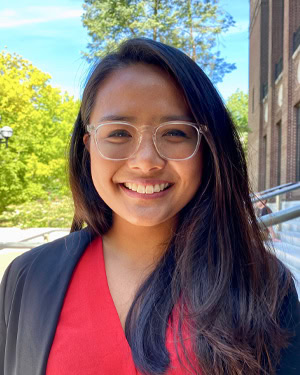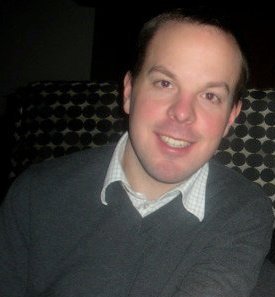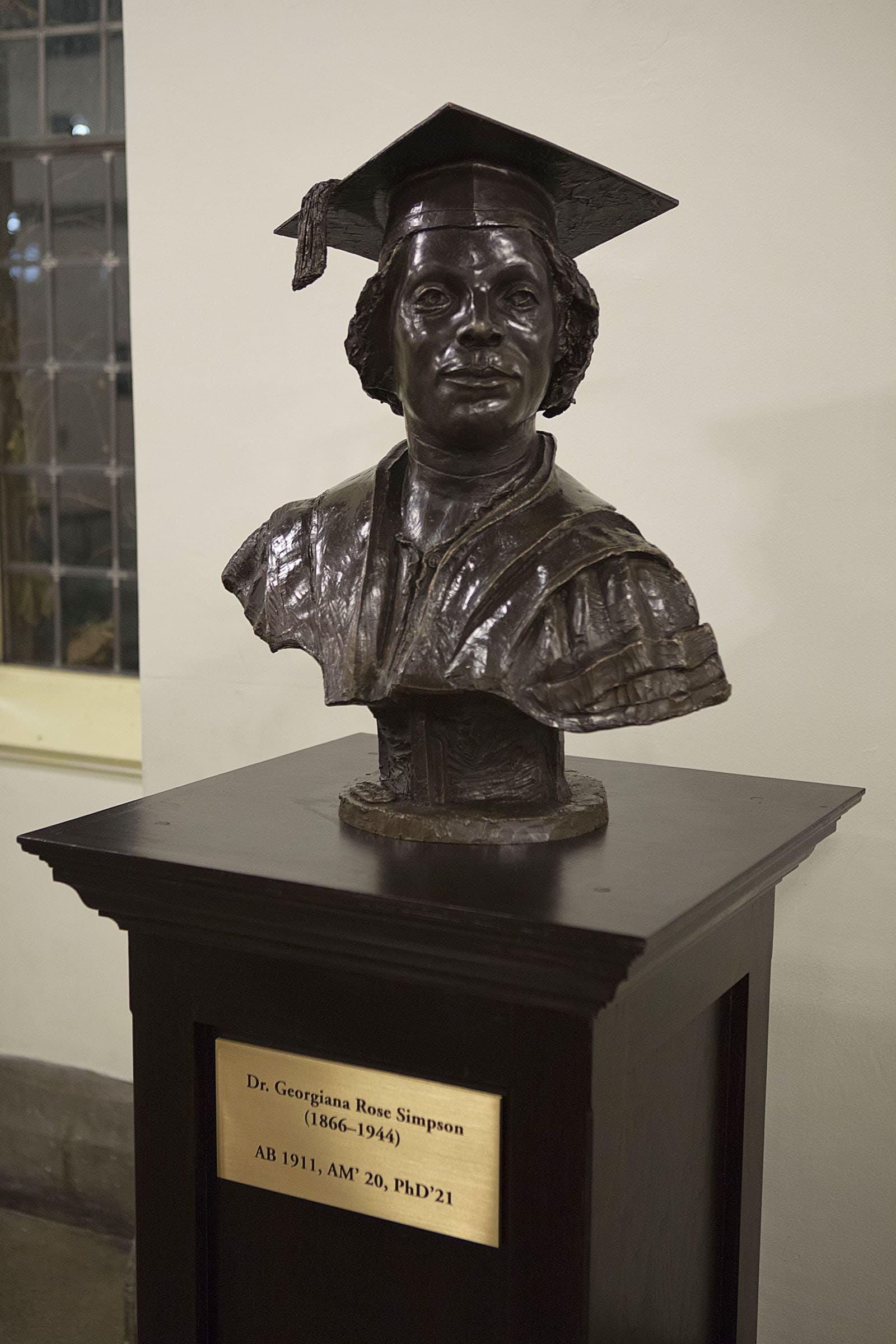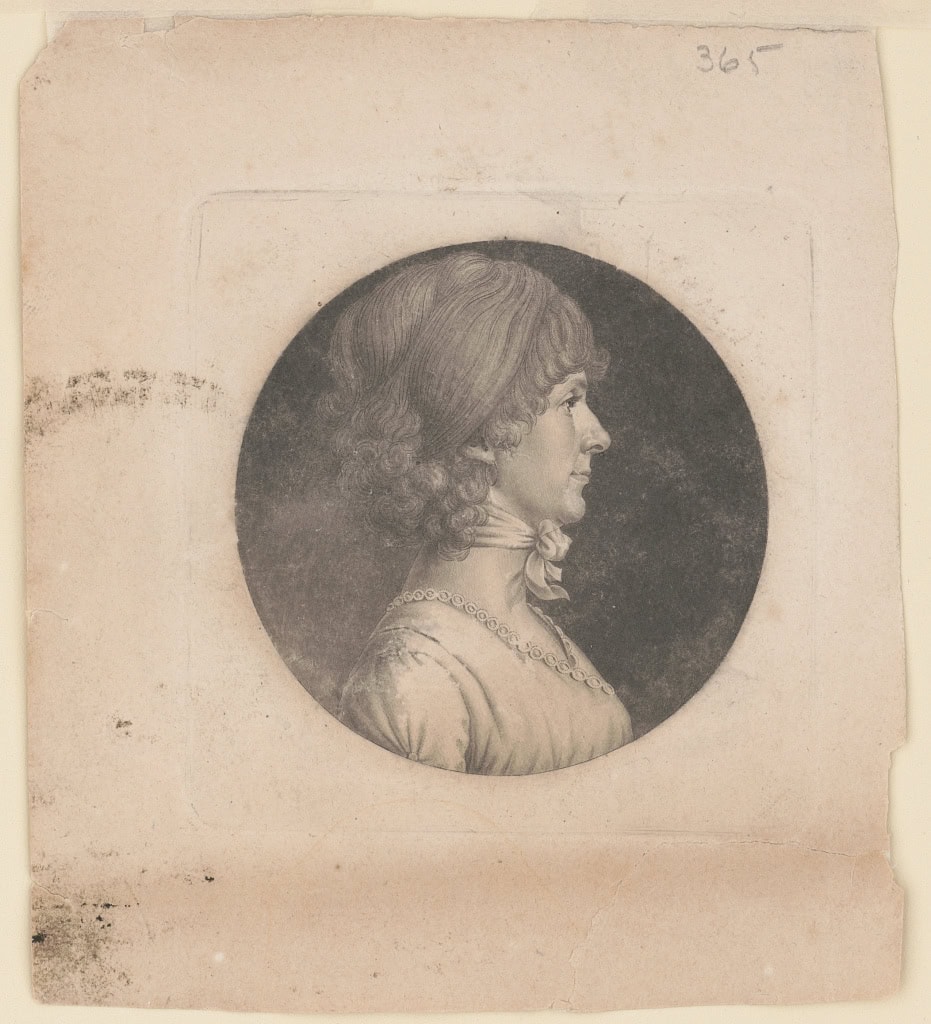Stephanie Fajardo is a postdoctoral fellow at the Eisenberg Institute for Historical Studies, University of Michigan. She lives in Ann Arbor, Michigan, and has been a member since 2012.

Twitter: @stephtfajardo
Alma maters: BA (triple degree: history, anthropology, and Spanish), University of Washington, 2010; MA (teaching), University of Washington, 2011; PhD (history), University of Michigan, 2020
Fields of Interest: US empire, Asian America, Philippines and Filipinx studies, gender and sexuality
Describe your career path. What led you to where you are today?
When I set off for college, the advice of my high school teachers to find something I was passionate about really stuck with me: “If you are going to spend half of the hours you are awake working, why not do something that you truly enjoy?” I took this to heart when I was trying to figure out my major, and I fell in love with studying history and learning languages. I actually took a history course by chance (a 300-level US history survey) because it was the only class that would fit into my schedule, and it completely changed the way that I thought about the past. While I hated history in high school (it was too focused on memorization), I became engaged in history for the first time, and I learned to think about the role of the historian as a critical thinker and producer of knowledge.
In undergrad, I thought that I would become a high school teacher in order to teach in a way that was different from my own experience. I was very motivated by the discontent I felt with the fact that many topics that are relevant for marginalized students are often left out of US history curriculums in public high schools. So, I completed a master’s in teaching and became endorsed to teach high school history as well as Spanish. After over a year of practicums as a student teacher, and teaching my own class as a Spanish teacher, I realized how much I missed research and writing. Pursuing a PhD and becoming a professional historian made the most sense for me as someone who loves not only teaching history but producing it.
What do you like the most about where you live and work?
Despite the horrible Michigan winters, the intellectual communities and friends I have met here at the University of Michigan have kept me warm. Also, the libraries are amazing. It was not until I did archival research for a year in the Philippines and throughout the west coast US that I realized how expansive the collections are at the U of M.
What projects are you currently working on?
I am working on an article based on one of my dissertation chapters, which explores affect and kinship in the experiences of Filipina war brides after World War II. I have a collection of letters that parents of war brides wrote to their daughters giving them their blessing to marry, many of them handwritten in Tagalog. In addition, I am working on revising my dissertation into a book, tentatively titled Mapping the Intimate: US Empire, Gendered Nationalism, and Military Families in the Philippines.
What’s the most fascinating thing you’ve ever found at the archives or while doing research?
What has been fascinating to me is that I actually find sources in the archives! In my project on intimacy, I was looking for sources that shed light on relationships between US servicemen and Filipino women, and you would think that it would be really difficult to find much beyond what is at NARA. But there is actually a ton of material. One of my favorites is a Tagalog novel called Hanggang Pier I found at the Library of Congress about a love triangle between a US serviceman, a Filipino solider, and a Filipino woman.
Is there an article, book, movie, blog etc. that you could recommend to fellow AHA members?
Check out Michigan in the World. It is a public history project that explores the archives at the U of M and showcases undergraduate research. As a grad student, I was a part of leading the exhibit on the Philippines and it was a really fun and rewarding experience. The exhibits themselves can be used in the classroom and can serve as a model for a semester-long project: https://lsa.umich.edu/history/history-at-work/michigan-in-the-world.html.
What do you value most about the history discipline?
I think that many historians end up studying the past not only because it helps us to understand the present, but also because it allows us to challenge ongoing injustices. Refusing to forget aspects of history that are marginalized or actively silenced can complicate dominant narratives of those in power, and in this sense be a powerful method of reclaiming space in the conversation.
Why is membership in the AHA important to you?
Being a part of AHA allows me to network with other historians outside of my subfield, and I value the opportunity to connect with others with similar thematic interests.
AHA members are involved in all fields of history, with wide-ranging specializations, interests, and areas of employment. To recognize our talented and eclectic membership, Perspectives Daily features a regular AHA Member Spotlight series.
This work is licensed under a Creative Commons Attribution-NonCommercial-NoDerivatives 4.0 International License. Attribution must provide author name, article title, Perspectives on History, date of publication, and a link to this page. This license applies only to the article, not to text or images used here by permission.



